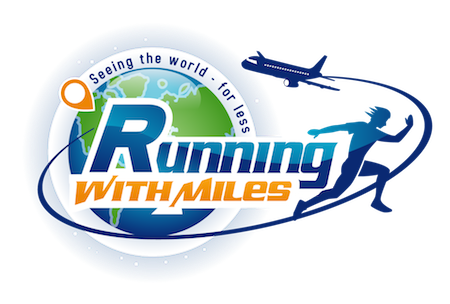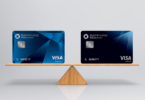Many foreign travel and event transactions can be purchased online which allows us to use credit cards for those purchases. That makes things a lot simpler than before when it required different payment instruments to get the transaction done. There are a couple of things that you want to remember, though, before you pick up that credit card for payment.
No Foreign Transaction Fees!
Make sure you use a credit card that has no foreign transaction fees. Because the payment is being processed abroad, using a card with a foreign transaction fee will add a few percent onto your total cost. It is easy enough to use a card that waives that fee as most Chase cards waive it as well as a few American Express cards and Barclay cards. If you are unsure, check with your issuer before using the card. Sure, 3% might not seem like too much on a little purchase, but it means you are effectively buying points for more than anyone would ever consider the value being! So, grab the right card.
No Dynamic Currency Conversion!
Once you have the card, you need to make sure you avoid one of the most common mistakes that consumers make when making those purchases. That is to use the option to have their card charged in US dollars (or the currency in your homeland). You never want to do that as the process used, known as Dynamic Currency Conversion, only benefits the vendor as the set rate for the conversion is going to normally be higher than what your card issuer would convert at. Sure, it enables you to know exactly what the total is going to be in your currency, but the final cost will be higher than it should be. So, always have the card charged in the local currency.
Mistakes in Currency Conversion?
Now, one of the oddities when the card is charged in local currency is that some processing systems are assuming that it is being done in the card’s native currency. This has happened a few times to me now where I will see the amount on my statement is actually far cheaper than it should be. When I run the numbers, I found out that, even though I chose to be charged in the local currency, the system actually processed my payment for the amount quoted in dollars before they did the conversion back to their currency. I know that sounds confusing so let me give an example – one of the instances was registering for a marathon. When I paid for it, I selected to be charged in the local currency. That local currency was 4:1 to the dollar (so, $1 equalled 4 of their dollars). When I got the statement, instead of finding the race fee being $50 like it was supposed to be, it actually came out to $12.50. When the system processed it, it took my choice to be charged in the local currency and converted it from the USD amount shown on the registration! The registration fee had been shown on the page as being in dollars but the checkout page gave the option of being charged in the local currency.
This is not the only time this has happened to me. It has happened on hotel reservations as well as products and other events. Most of the time, it actually occurs in my favor, but there have been a few times when it was in the reverse. So, always make sure you are checking your statement for the numbers and doing the conversions to make sure that you paid what you had agreed to. If the amount is actually lower than what it was supposed to be, you can try speaking with the vendor, but most of the time they will waive it off because it is too much hassle to try to correct it (if it is a low enough amount).
Have you ever noticed this happening to you?







Am I correct in understanding, that you are saying… If you live in the US and travel to E.G to Europe you should opt to have your transaction completed in Dollars ??
Also, If you live in Europe and travel to the US, should you have your transaction completed in Euro.??
No, when the option is given to you, always choose local currency. So, with a U.S. card in Europe, choose for the transaction to be completed in Euros. Sorry if that was confusing.
You’re lucky! This has happened to me but for the bank’s benefit. I always use my Chase Sapphire preferred when travelling abroad for the no foreign exchange fees feature but I feel that Chase’s foreign exchange rate is not as good as the one published by http://www.xe.com. So, normally when I look at my bank statements from a trip abroad (and charging the items in local currency), the price would be a few dollars more than what i was expecting (from doing the conversion rate from http://www.xe.com)
I have noticed a wider discrepencany between XE and Chase depending on the fluidity of the particular currency as well. Not all foreign vendors actually process payments immediately so it could change depending on the day it was processed. But, I do think Chase is using a more preferred rate for themselves (within the bounds) so that it balances out not having the fee. Still, nothing like it could be with the fee or the DCC!
How big of a error was it for you?